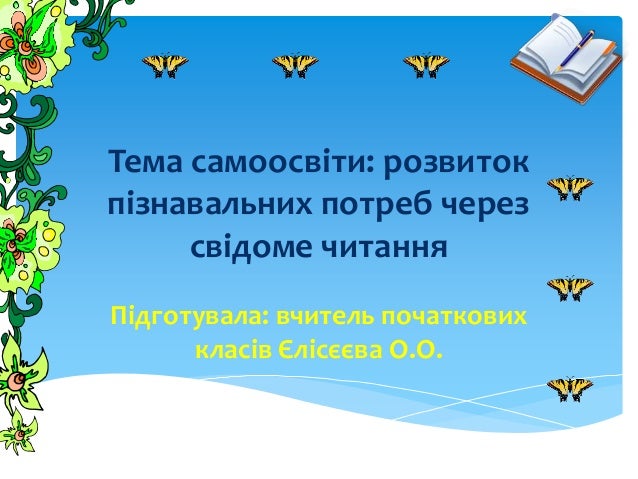

Cities: • A • • • • • • • • B • • • • • • • • • • • C • • • • • • D • • • • • E • • • G • • • • • • • I • • • • • • • K • • • • • • • • • • • • • • • • • • • • • • • • • • • • • • • • • L • • • • • • • M • • • • • • • • • • • N • • • • • • • • • • O • • • • P • • • • • • • • • • • • • • • • • R • • • • • • • • S • • • • • • • • • • • • • • • • • • • • • • • • • • T • • • • • • • • • • • • • • U • • • • • V • • • • • • • • • • • • • • • • Y • • • • • • • • • • • Z • • • • • District: • Districts: • • • • • • • •. It is not known exactly when the Spaso-Preobrazhensky Monastery was founded, but it is believed to date from the early 13th century, having been established by Prince Konstantin of Yaroslavl, shortly before construction work was started on the Transfiguration of the Saviour Cathedral. Activation code generator. It was built on the northern bank of the River Kotorosl and served a defensive function as well as a religious one. The princes of Yaroslavl also had a residence at the monastery and were buried in its grounds. After the Yaroslavl Principality's incorporation into the Moscow Principality, the monastery became a favourite place of worship of Tsar Ivan the Terrible, who presented the monastery with many precious gifts. During the Time of Troubles the monastery endured a one-month siege by the Polish interventionists whilst the rest of the city was under occupation. Later the volunteer army of Pozharsky and Minin set up camp in the monastery and stayed there several months until they finally set off to liberate Moscow.
Reconstruction work was carried out between 1621 and 1646 to repair the damage inflicted during the Time of Troubles. Much of the monastery's strong defensive walls date from this period.
Farmakope herbal indonesia edisi 3 pdf. Gendarussa leaves was divided into two groups: acidified leaves powder to release alkaloids and non-acidified leaves powder.
Drozhzhino Hotels. Add to favourites. Sort by & Refine. Distance Distance Review score Price: Low to High Price: High to Low. Number of stars (8) (16) (52) (20) Accommodation type Holiday rentals - B&B (186) Hotels (163) Apartments (1187) Budget. Volzhskaya Zhemchuzhina in Yaroslavl on Hotels.com and earn Rewards nights. Collect 10 nights get 1 free*. Read 5 genuine guest reviews for Volzhskaya Zhemchuzhina.
In 1787, upon the establishment of the Yaroslavl Governorate the monastery was used as the archbishop's residence. The monastery was closed in 1918 and was used for various non-religious uses, until it was reorganised as the basis of the Yaroslavl State Historical, Architectural and Artistic Museum-Reserve, usually known as just the Yaroslavl Museum-Reserve. Today the monastery remains a museum as has several permanent exhibitions; tickets for these exhibitions or just a ticket to walk around the monastery, can be purchased at the ticket booths located at the entrances to the monastery. A bear called Masha is also kept inside the museum-reserve. This monastery is occasionally mistakenly referred to as the Yaroslavl Kremlin, which no longer exists.
Presentation of Virgin Mary Church The Presentation of Virgin Mary Church was built in 1621 onto the Holy Gates which served as a main entrance to the monastery. The Holy Gates themselves have been rebuilt several times and were restored in the 20th century.
Although the interior of the church remains, the church no longer functions for its intended use and all exterior church features have been removed. Belfry The monastery’s massive belfry stands at almost 32 metres tall. The lower part of the belfry dates from the mid-16th century. This was added to in the beginning of the 19th century when another tier was built on with a dome.

The structure, especially its upper tiers, was heavily damaged during the 1918 Uprising and subsequently restored in the 1920s and 1950s. In addition to the 18 bells which are part of the belfry, the Our Lady of Pechersk Church is also located inside.